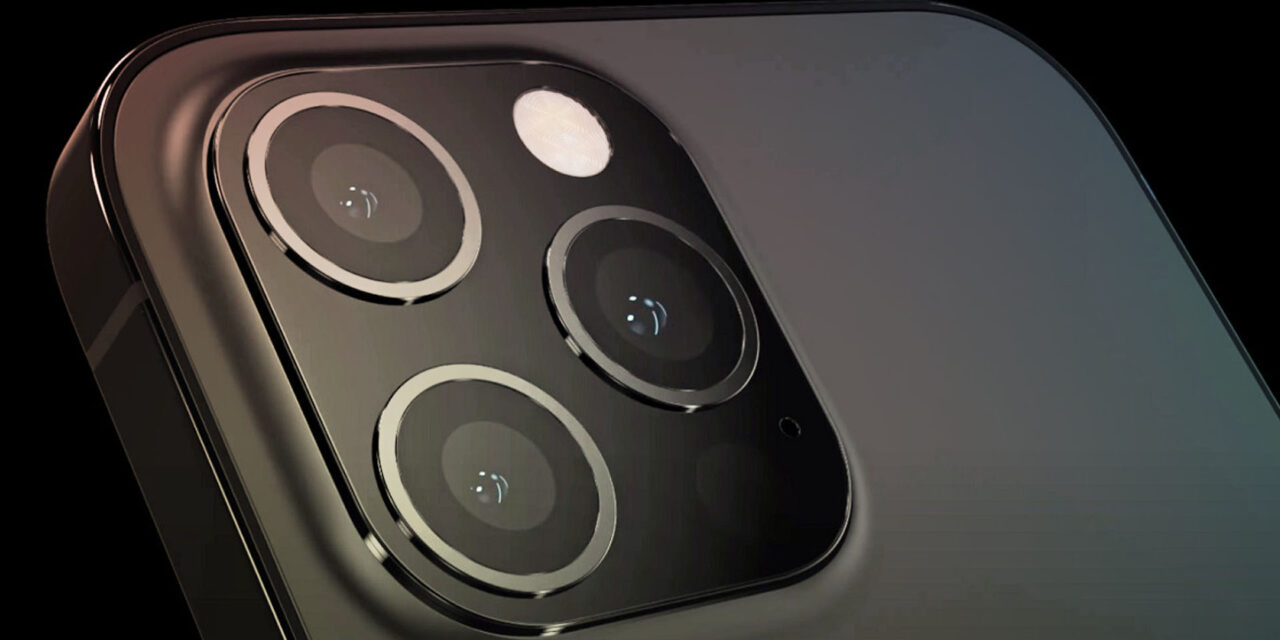
Apple went to great lengths to keep the original iPhone secret and to prevent it from leaking. The secrecy meant that only a few people inside the company knew about the product, with even some engineers working on the product being oblivious of its existence. To achieve this, Apple created special prototype development boards of the iPhone containing all the components that would be used inside the phone.
Internally, many of the engineers knew the iPhone as “M68” and “Purple 2” and not its final name, iPhone. Now, the folks over at The Verge have published photos of the iPhone M68 prototype which contained all the original iPhone components but looked more like a traditional PC motherboard. The prototype has a red PCB as Apple preferred it for prototype units, with Apple using blue, green, or other colors for production units.
This board was used by Apple as an engineering validation test (EVT) sample and was primarily used by engineers working on the software and modem of the original iPhone. These developers were completely oblivious of the final design of the iPhone.

Since the prototype board was to be used for development purposes, it contained everything that a developer could ask for. There’s a serial connector that could be used to test iPod accessories. The prototype also had two mini USB ports which provided engineers with access to the Samsung AP and the radio. While the board also has a SIM card slot, Apple included an RJ11 port that allowed developers to connect a landline and test voice calls on it.
The Samsung processor was stacked with 4GB NAND from Samsung. The NAND module could be easily removed thereby allowing engineers to try out different versions of the operating systems.

This particular prototype unit even includes a screen, though some other prototypes lacked a display. Instead, they featured a component video and RCA connectors on the board which allowed developers to plug it into a display. The board is also filled with JTAG connectors and white connectors with pins that could be used by engineers for low-level debugging.
Looking at the iPhone M68 prototype, it is clear that Apple thought of everything possible to ensure that its engineers were able to properly debug various aspects of the device. What’s interesting is that when this prototype unit is plugged into a computer with iTunes, it is detected as iPhone.
Our Take
What’s fascinating is that Apple managed to shrink the PCB into the size of a smartphone and pack all the components which are laid out on such a large PCB in its prototype form. Apple no longer uses such prototype units to test out new iPhones. Instead, new prototypes have the same size as a regular smartphone, though they are usually enclosed in giant thick cases with the final hardware.
[Via The Verge]






Recent Comments